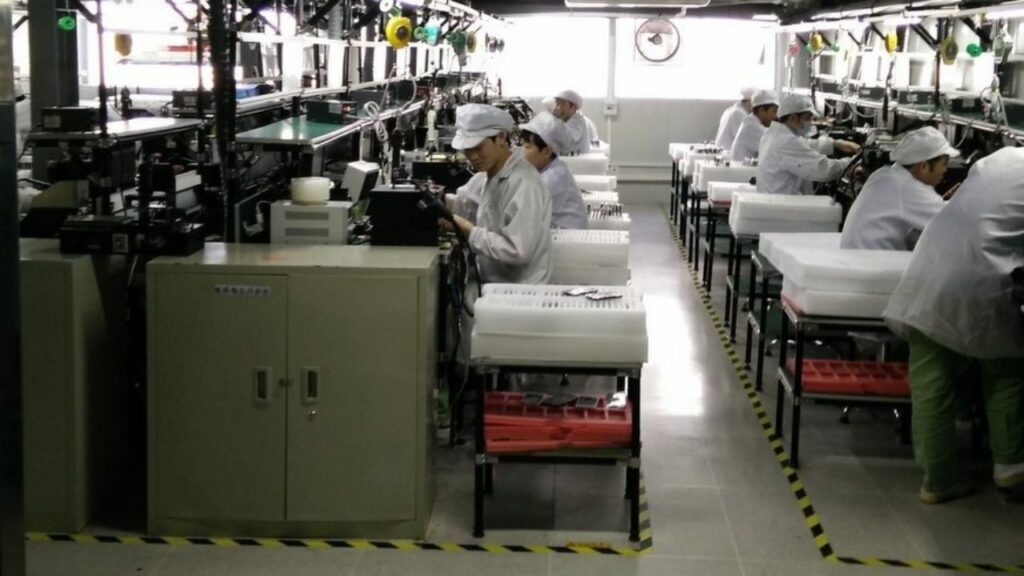The ongoing tensions between India and China have significantly impacted the Indian electronics manufacturing sector. According to a recent report by the Economic Times, these geopolitical frictions have resulted in substantial financial losses and job cuts, creating a challenging environment for the industry.

Financial Losses and Job Cuts
The Indian electronics manufacturing sector has suffered production losses amounting to ₹1.25 lakh crore ($15 billion) over the past four years. This economic setback has led to the elimination of 100,000 jobs, exacerbating the sector’s challenges. The situation has been further complicated by delays in issuing visas to Chinese citizens and government investigations into Chinese companies operating in India.
Export and Value Addition Losses
In addition to production losses, the industry has reported missing out on a $10 billion (₹83,550 crore) export opportunity and $2 billion in value addition. These losses highlight the significant economic impact of the strained relations between the two countries.
Visa Delays Hampering Operations
According to industry executives, the expansion plans of the Indian electronics manufacturing sector have been hindered by the backlog of 4,000-5,000 visa applications for Chinese executives. Despite a mechanism to clear business visa applications within 10 days, approvals are currently taking more than a month. This delay affects technology transfer, installation of production units, efficiency processes, and maintenance operations.
Impact on Domestic Value Addition
The India Cellular and Electronics Association (ICEA) has expressed concerns over the impact on the Domestic Value Addition (DVA) plan. The Production Linked Incentive (PLI) scheme for mobiles, launched in 2020-21, aimed to shift the supply chain from China to India. However, the ongoing standoff and increased scrutiny of investments from countries sharing land borders with India have curtailed this shift.
Competitive Disadvantages
Pankaj Mohindroo, chairman of ICEA, noted that India faces a new form of disadvantage compared to countries like Vietnam, Malaysia, and Mexico, which have free access to capital, technology, and skills from China. The reluctance of Chinese nationals to come to India due to fears of arrests and interrogations further exacerbates the issue.
Industry-Wide Concerns
Industry executives have warned that if Chinese companies decide to exit India, it would lead to significant product shortages, employment losses, and shutdowns of large manufacturing capacities. The absence of Chinese participation in India’s flagship mobile PLI scheme has already resulted in lost business opportunities worth $5-7 billion (₹41,775-58,485 crore) since 2020.
Conclusion
The Indian electronics manufacturing sector is at a crossroads, facing significant challenges due to the ongoing India-China tensions. The industry is urging the government to expedite visa approvals and find a balanced resolution that addresses both national security and economic growth. The future of India’s electronics manufacturing industry depends on navigating these geopolitical challenges and fostering a more conducive environment for growth and development.













